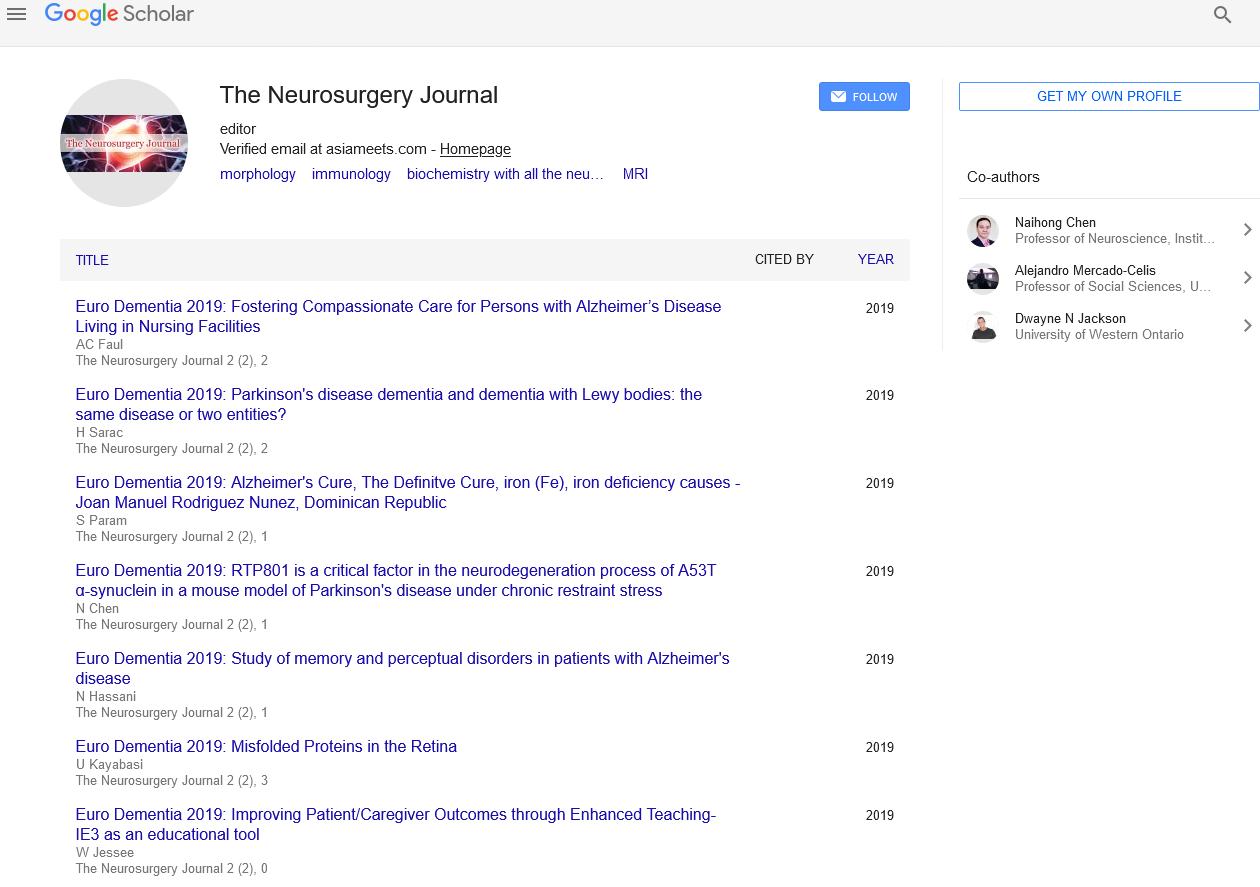Neurological manifestations and neuroimaging findings of acute intermittent porphyria patients
Emergency Department, Peking Union Medical College Hospital, China
Emergency Department, Peking Union Medical College Hospital, China
Emergency Department, Peking Union Medical College Hospital, China
Emergency Department, Peking Union Medical College Hospital, China
Emergency Department, Peking Union Medical College Hospital, China
Emergency Department, Peking Union Medical College Hospital, China
Emergency Department, Peking Union Medical College Hospital, China
Emergency Department, Peking Union Medical College Hospital, China
Emergency Department, Peking Union Medical College Hospital, China
Received: 08-May-2022, Manuscript No. PULNJ-22-4931; Editor assigned: 10-May-2022, Pre QC No. PULNJ-22-4931(PQ); Accepted Date: May 31, 2022; Reviewed: 16-May-2022 QC No. PULNJ-22-493(Q); Revised: 20-May-2022, Manuscript No. PULNJ-22-4931(R); Published: 02-Jun-2022, DOI: 10.37532/pulnj.22.5(3).28.
Citation: Liu A, Han F, Yang J et al. Neurological manifestations and neuroimaging findings of acute intermittent porphyria patients. Neurosurg J. 2022; 5(3):28-33.
This open-access article is distributed under the terms of the Creative Commons Attribution Non-Commercial License (CC BY-NC) (http://creativecommons.org/licenses/by-nc/4.0/), which permits reuse, distribution and reproduction of the article, provided that the original work is properly cited and the reuse is restricted to noncommercial purposes. For commercial reuse, contact reprints@pulsus.com
Abstract
INTRODUCTION: Acute intermittent porphyria (AIP) is an inherited disorder of heme biosynthesis, a porphyric attack can affect the autonomic, peripheral, and central nervous systems. The neurological clinical manifestations of which are incompletely understood. The neuroimaging findings of AIP could be reversible.
METHODS: We describe 28 cases of AIP, focusing on neurological clinical features and neuro-imaging. We also did the genetic screening tests of AIP in the families who agree to have to have genetic testing Urine PBG was quantitatively screened using the Watson-Schwartz method. During porphyric attack, brain CT and/or MRI and CSF test were performed on some patients, The molecular genetic analysis of the Hydroxymethylbilane Synthase( HMBS)was performed by direct sequencing of peripheral blood sample.
RESULTS: In this study, we showed two cases of PRES, two cases of ODS, two cases of porphyric encephalopathy (cortical laminar necrosis), one case of RESLES. We divided 28 cases into 2 groups ,the blood sodium levels of who with MRI/CT abnormality were significantly lower than which with normal MRI/CT(110±43.15mmol/L and 117±57.02mmol/L, p=0.01).
DISCUSSION: Porphyria is a collective name of seven different diseases that are caused by an enzyme deficiency that inhibits the synthesis of heme. AIP is one of four forms of acute porphyria, which is caused by an inherited deficiency of PBGD. Symptoms of AIP occur during intermittent attacks are caused by the excess production of porphyrin precursors in the visceral, peripheral, autonomic, and central nervous systems, and may be life threatening.
CONCLUSION: To the best of our knowledge, these are the biggest series of MRI in AIP in China, and the only published cases of ODS associated with AIP in China. Hyponatremia may be an important mechanism in porphyric encephalopathy.
Key Words
Acute intermittent porphyria; Neuroimage; Hyponatremia
Retraction Note
The article entitled “Neurological manifestations and neuroimaging findings of acute intermittent porphyria patients” has been accepted for publication in the The Neurosurgery Journal considering the statements provided in the article as personal opinion of the author which was found not having any conflict or biasness towards anything.
Publisher took decision to make the article online solely based on the reviewer’s suggestion which considered the article not but a personal opinion of the author. However, it is found that the author has some personal concerns and issues, therefore, being retracted from the journal.





